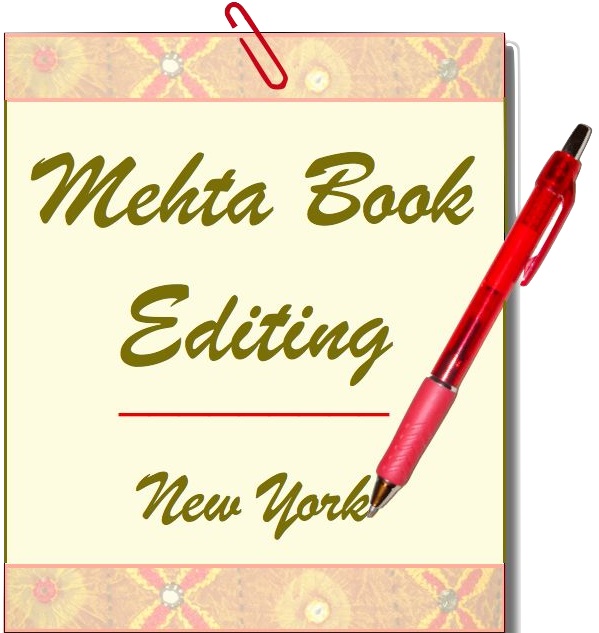University Presses: A Viable Path for Literary Fiction Careers
/Although some writers may assume that a large New York publisher is preferable to a university press, such thinking is “misguided,” says Jones. “University press publication is the first choice for certain kinds of books, depending on the press. These are experienced editors, highly educated and knowledgeable in the fields they publish in.” She suggests that writers intrigued by university presses go onto their websites, enter contests that seem applicable to their work, and “always read books published by these presses.”
Read More



